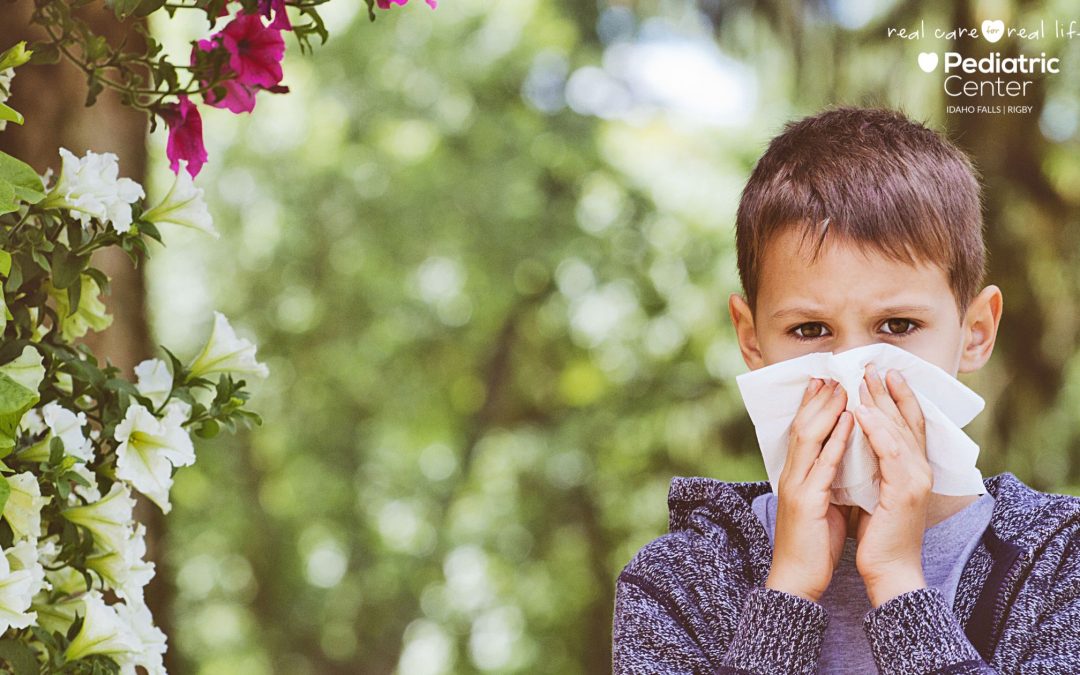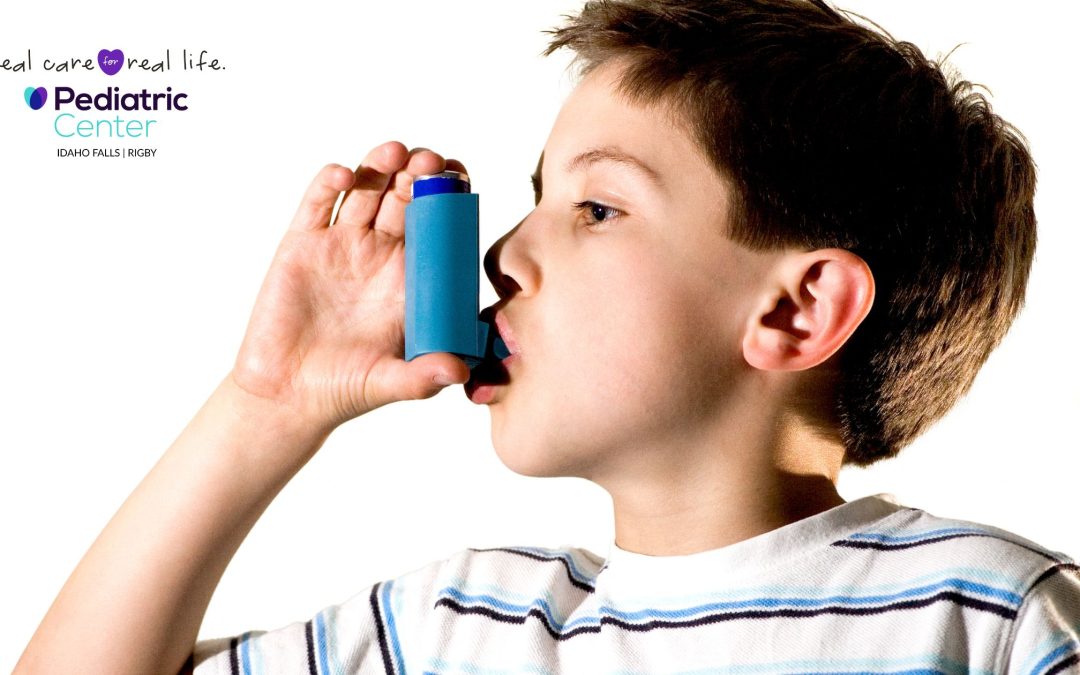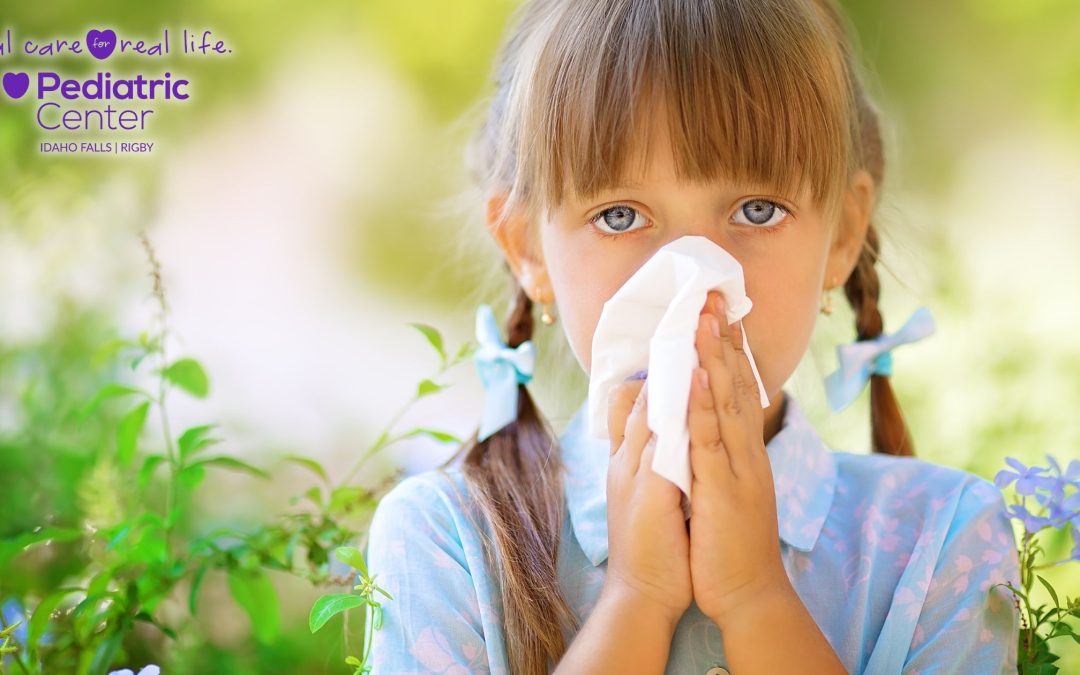
Spring is here and so are allergies!
Spring has sprung! The arrival of spring brings joy to many, but for some children, it also marks the onset of seasonal allergies. As flowers bloom and trees sprout new leaves, allergens like pollen fill the air, triggering allergic reactions in susceptible individuals. Understanding and managing spring allergies in children is crucial for their well-being and enjoyment of the season.
Understanding Spring Allergies
Spring allergies, also known as hay fever or allergic rhinitis, occur when the immune system overreacts to airborne allergens such as pollen from grass, trees, and flowers. When these allergens enter the body, the immune system perceives them as harmful invaders, leading to the release of histamines and other chemicals that cause allergy symptoms.
Symptoms of Spring Allergies in Children
Recognizing the signs of spring allergies in children is essential for early intervention. Common symptoms include:
- Sneezing
- Runny or stuffy nose
- Itchy or watery eyes
- Nasal congestion
- Coughing
- Sore throat
- Fatigue
Tips for Managing Spring Allergies in Children
- Consult with a Pediatrician at the Pediatric Center: If you suspect your child has spring allergies, consult with one of our Pediatric Center pediatricians for proper diagnosis and treatment recommendations. They can help identify specific allergens triggering your child’s symptoms and suggest appropriate medications or allergy testing if necessary.
- Minimize Exposure to Allergens:
- Monitor Pollen Counts: Stay informed about daily pollen forecasts in your area and try to limit outdoor activities on high pollen days.
- Keep Windows Closed: Keep windows and doors closed, especially during peak pollen times like early morning and evening, to prevent pollen from entering your home.
- Use Air Purifiers: Consider using HEPA air purifiers in your child’s bedroom and other frequently used areas to reduce indoor allergens.
- Encourage Indoor Play: It is helpful to stay indoors on windy days because pollen counts are much higher when it is dry and windy! On high pollen days, engage children in indoor activities to minimize exposure to outdoor allergens.
- Practice Good Hygiene:
- Encourage Handwashing: Encourage regular handwashing, especially after outdoor activities, to remove pollen and other allergens from the skin.
- Have your child shower before bedtime to remove the pollen from the hair and skin.
- Bathe Pets: If you have pets that spend time outdoors, bathe them frequently to prevent them from bringing pollen indoors.
- Nasal Irrigation:
- Saline nose drops or spray can help with seasonal allergies and are available at any drugstore without a prescription. This treatment helps to wash out pollen or to loosen up dried mucus. Put 3 drops in each nostril, blow each nostril out while closing off the other nostril, then repeat on the other side. Repeat nose drops and blowing until the discharge is clear.Use nasal washes when your child can’t breathe through the nose or their nose is very itchy. Saline nose drops can also be made at home. Use ½ teaspoon of table salt, and stir the salt into 1 cup (8 ounces) of warm distilled or boiled water. A warm shower can also be effective to loosen mucus. Have your child breathe in the moist air, then blow each nostril.
- Allergy Medications:
-
- Allergy medicines are called antihistamines. They are the drug of choice for nasal allergies to help control symptoms such as runny nose, nasal itching, and sneezing.
- You can give a short-acting allergy over-the-counter medicine such as Benadryl every 6-8 hours.
- The bedtime dosage is especially important for healing the lining of the nose.The key to controlling allergies is to give allergy medication every day during pollen season. You can also use a long-acting over-the-counter allergy medicine such as Zyrtec. This medicine usually lasts up to 24 hours and may cause less drowsiness than Benadryl.
-
- Allergen Immunotherapy:
- Allergy Shots: In cases of severe allergies that do not respond to medication or other treatments, allergen immunotherapy (allergy shots) may be recommended. This treatment involves gradually exposing the child to increasing doses of allergens to desensitize their immune system over time.
Spring allergies can be a source of discomfort for children, but with proper management and support from parents and a Pediatric Center Pediatrician, they can enjoy the season to the fullest. By minimizing exposure to allergens, practicing good hygiene, using appropriate medications, and considering advanced treatments when necessary, parents can help their children thrive despite seasonal allergies. Remember, early intervention and proactive measures are key to managing spring allergies and ensuring a happy and healthy springtime for your child.
If you have any questions about allergies and your child or your child’s symptoms are not better in 2 days after starting an allergy medicine, contact the Pediatric Center for an appointment. At the Pediatric Center, we want to give you and your child the best information and treatment you can get. If your child becomes worse or you are concerned about your child’s health for any reason, please don’t hesitate to call the Pediatric Center. You can contact us at our Idaho Falls location at (208) 523-3060 or our Rigby location (208) 745-8927, to set up your appointment. We have a wonderful team of providers available for all of your children’s needs!



